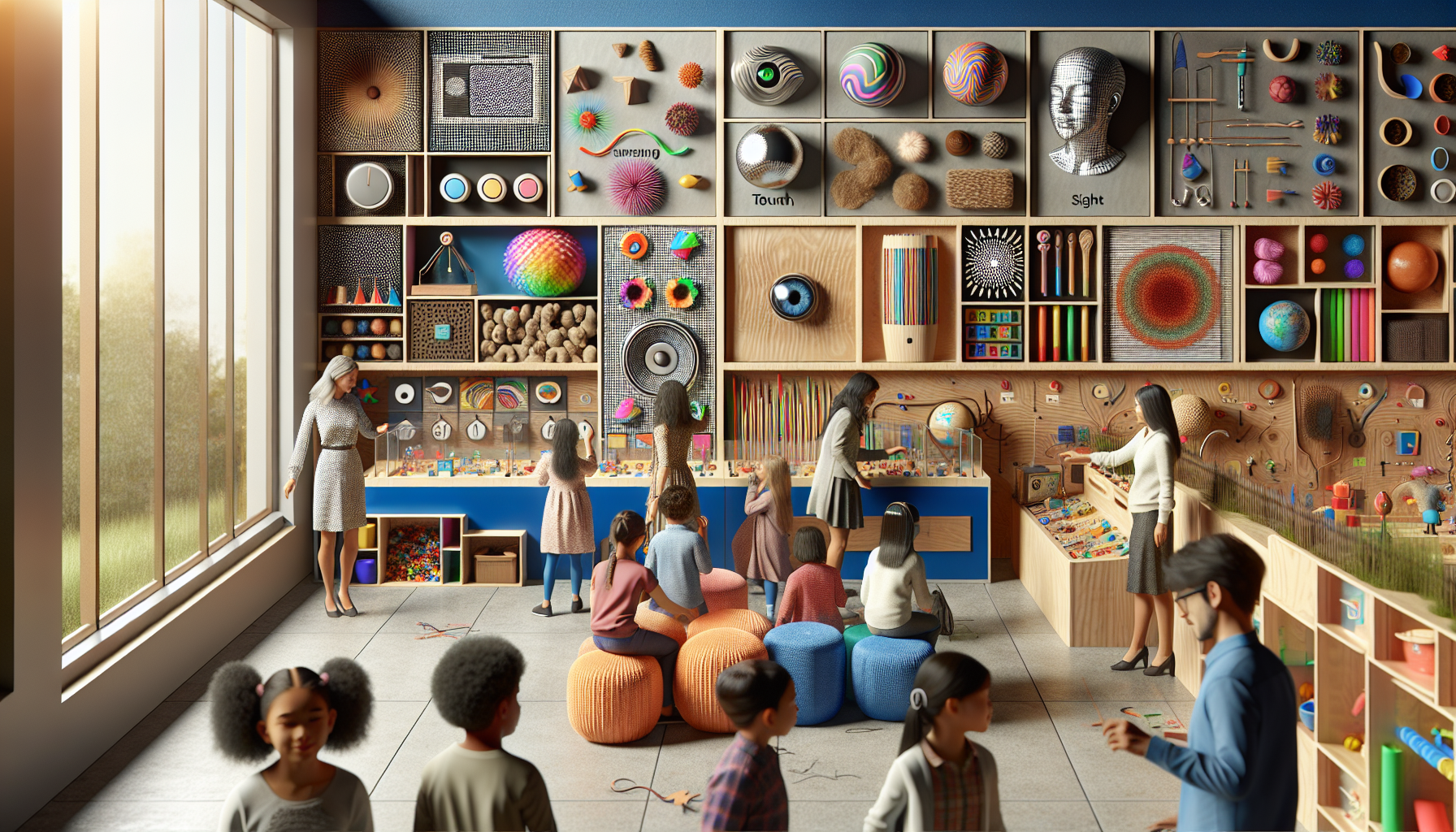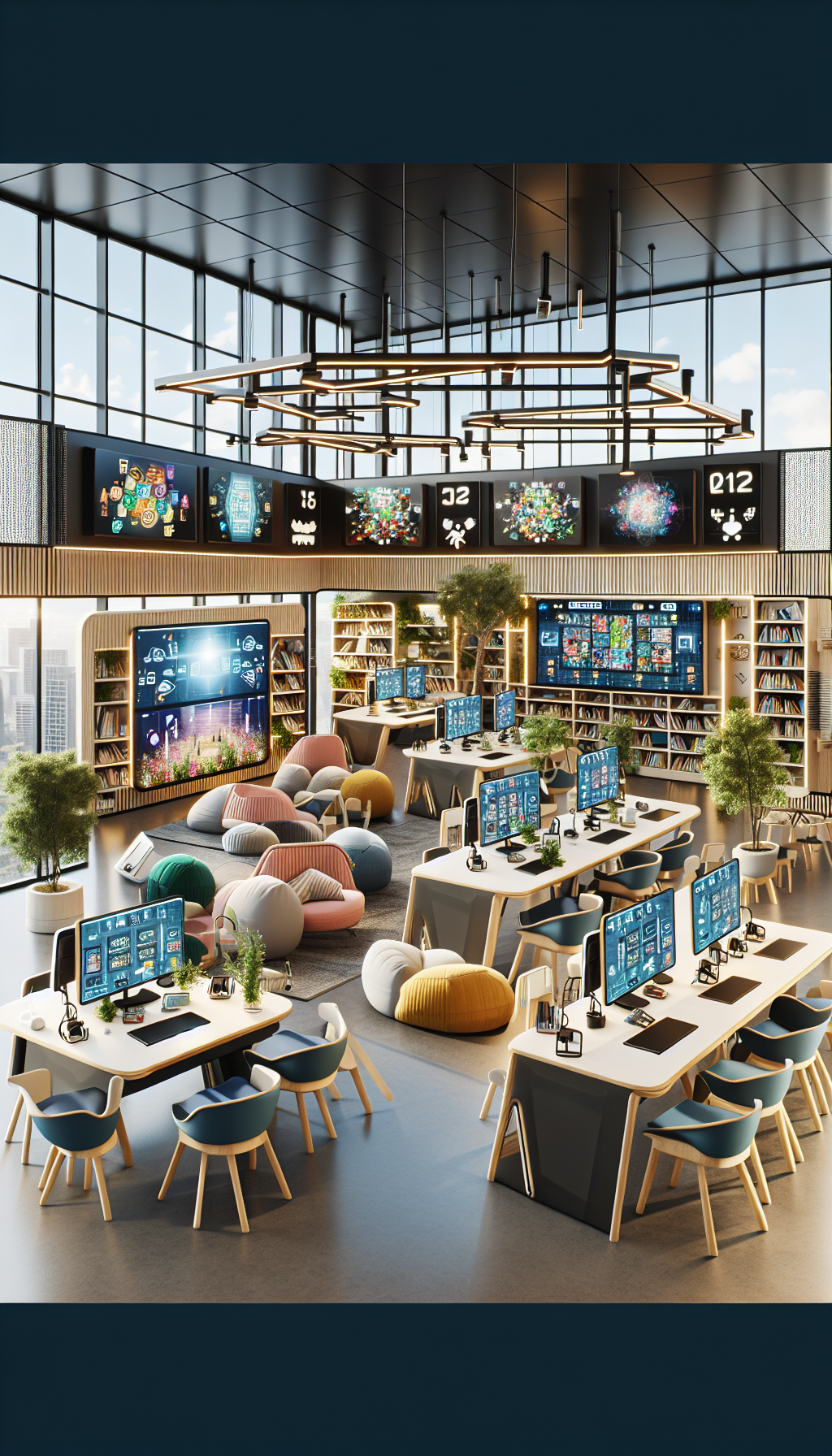In a world where education is evolving rapidly, the approach to learning is not left behind. The concept of multisensory learning environments is gaining traction as an effective means to enhance educational experiences and cater to diverse learning needs. At its core, multisensory learning is an instructional approach that engages multiple senses simultaneously, with the goal of improving memory and the ability to retrieve information.
What is Multisensory Learning?
Multisensory learning environments incorporate visual, auditory, kinesthetic, and tactile activities into teaching methodologies. By stimulating various senses, these environments support the way the brain processes and retains information, making learning more effective and inclusive. For instance, a multisensory approach to teaching reading might involve seeing the letters, saying the sounds, and tracing words with fingers.
The Science Behind Multisensory Learning
The benefits of multisensory learning are supported by neuroscience. The brain has multiple pathways for processing different types of sensory information. When information is presented through multiple senses, it can create more neural connections and provide multiple memory retrieval routes. This is particularly crucial for areas such as brain health, where cognitive processes like memory, attention, and perception are central to learning.
Advantages of Multisensory Learning Environments
Enhanced Memory and Retention
Multisensory learning aids in memory retention and recall. When learners engage with material in multiple ways, they’re more likely to remember it. This is because the use of multiple senses creates a more robust memory trace.
Inclusivity and Accessibility
Multisensory environments are also naturally inclusive. They cater to a variety of learning styles and needs, including those of learners with sensory disabilities. For more insights, you can read about creating an inclusive environment for sensory disabilities.
Improved Engagement and Motivation
Such environments make learning more interactive and enjoyable, which can increase student motivation and engagement. This is particularly important in early education, as discussed in the article on the significance of early sensory development.
Supports Learners with Special Needs
Multisensory environments can be particularly beneficial for learners with special needs, such as those with ADHD or autism, by providing the sensory input or structure they need to focus and learn effectively.
Implementation of Multisensory Environments in Education
Creating a multisensory learning environment can be as simple as integrating music and visuals into a lesson plan, or as complex as designing a dedicated sensory room. For inspiration, consider reading about sensory room design and implementation.
Classroom Design
The design of the classroom should consider color, lighting, and acoustics, which can all affect sensory processing.
Sensory Tools and Activities
Incorporating sensory tools like stress balls, fidget spinners, or interactive whiteboards can enhance the learning experience. Activities like role-playing or hands-on experiments also contribute to a multisensory approach.
Technology Integration
Technology offers a range of possibilities for multisensory experiences, from interactive apps to virtual reality simulations. These tools can make abstract concepts more concrete and engaging.
Challenges and Considerations
While the benefits are clear, there are challenges to implementing multisensory learning environments. Teachers must be trained to design and facilitate such activities, and schools may need to invest in specialized materials or technologies.
Case Studies and Success Stories
Case studies and success stories provide evidence of the effectiveness of multisensory learning environments. For instance, sensory integration therapy success stories highlight the positive impact on individuals with sensory processing challenges.
Evidence-Based Support for Multisensory Learning
Educators seeking to implement multisensory learning practices can find support from various educational resources and research articles. For example, the Understood Foundation offers a range of strategies and examples for incorporating multisensory learning in the classroom.
The Future of Multisensory Learning Environments
As research continues to validate the effectiveness of multisensory learning, it’s likely to become more integrated into mainstream education. Innovations in technology and design will further enhance the potential of these environments to meet a broad spectrum of learning needs.
Conclusion
Multisensory learning environments represent a paradigm shift in education that emphasizes the importance of engaging the whole body and all the senses in the learning process. By doing so, they not only accommodate different learning styles and needs but also create a more dynamic and effective educational experience. It’s an approach that honors the complexity of the human brain and the diversity of human learners.
As we continue to understand and appreciate the benefits of such environments, it is essential for educators, parents, and policymakers to support the development and implementation of multisensory learning strategies to foster an inclusive and comprehensive educational landscape for all learners.



